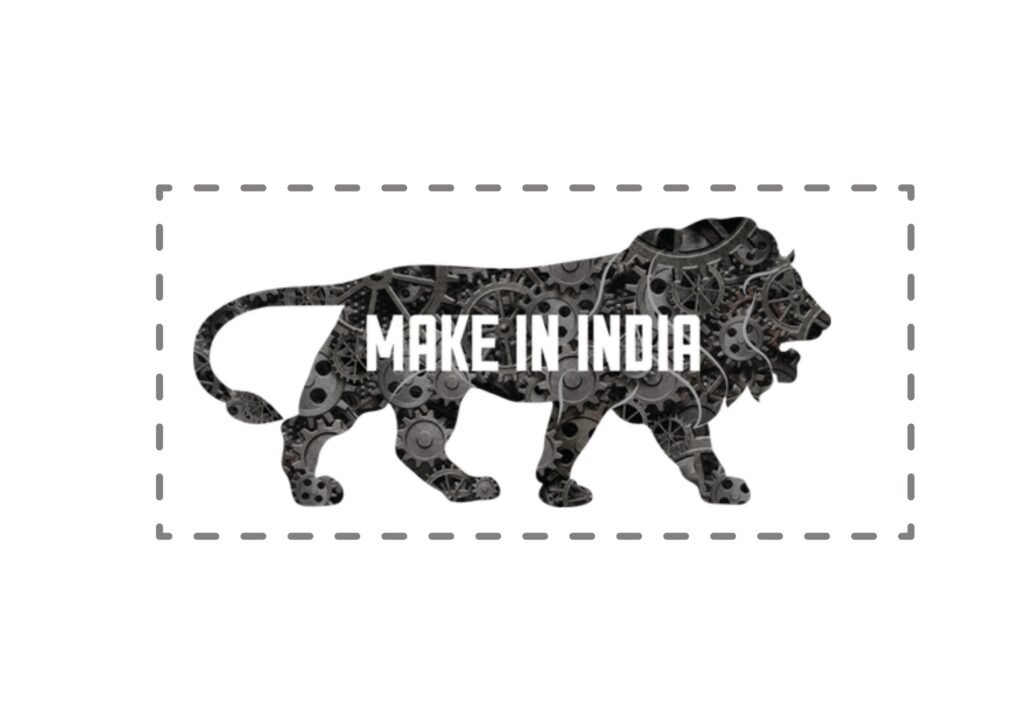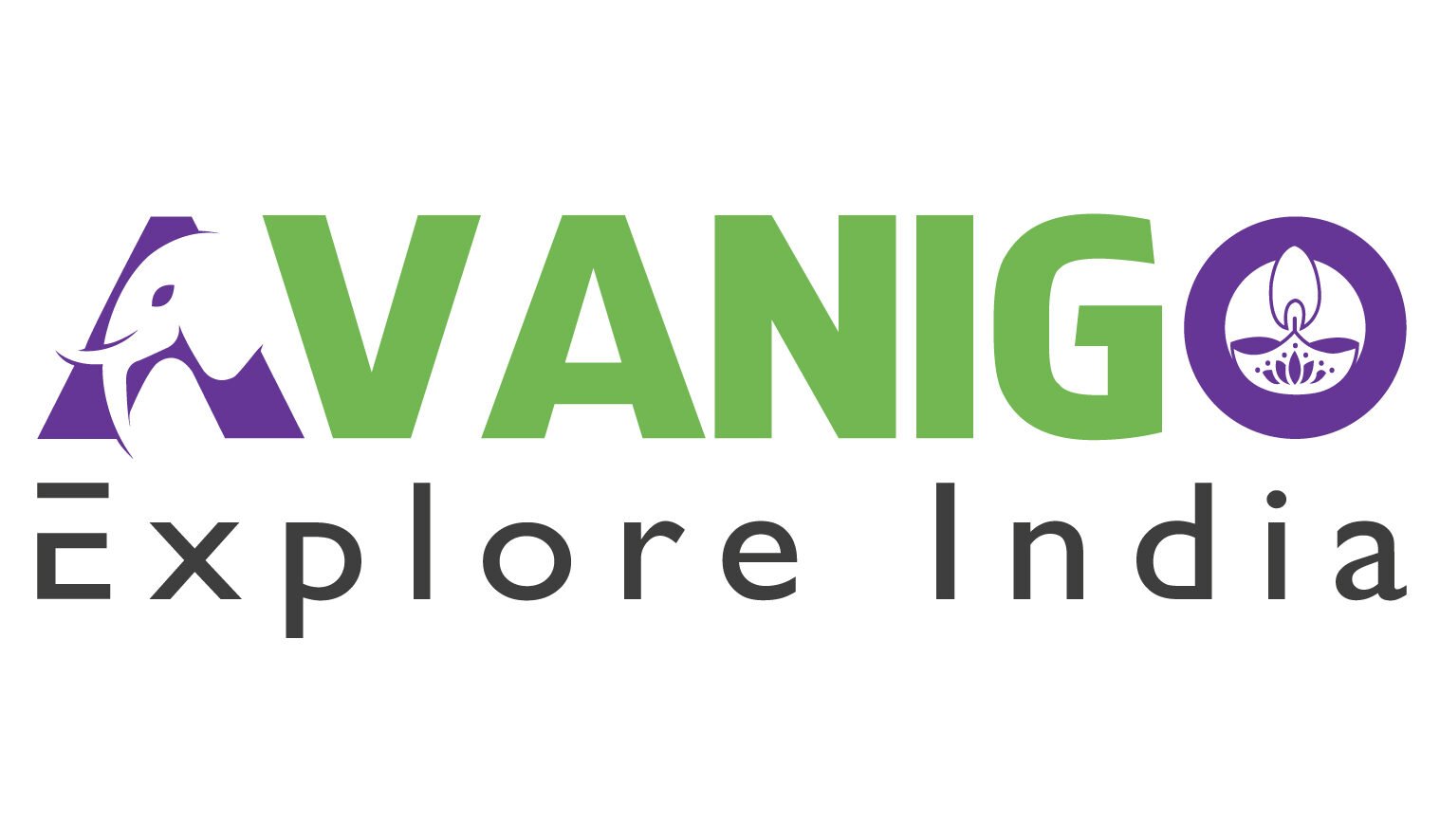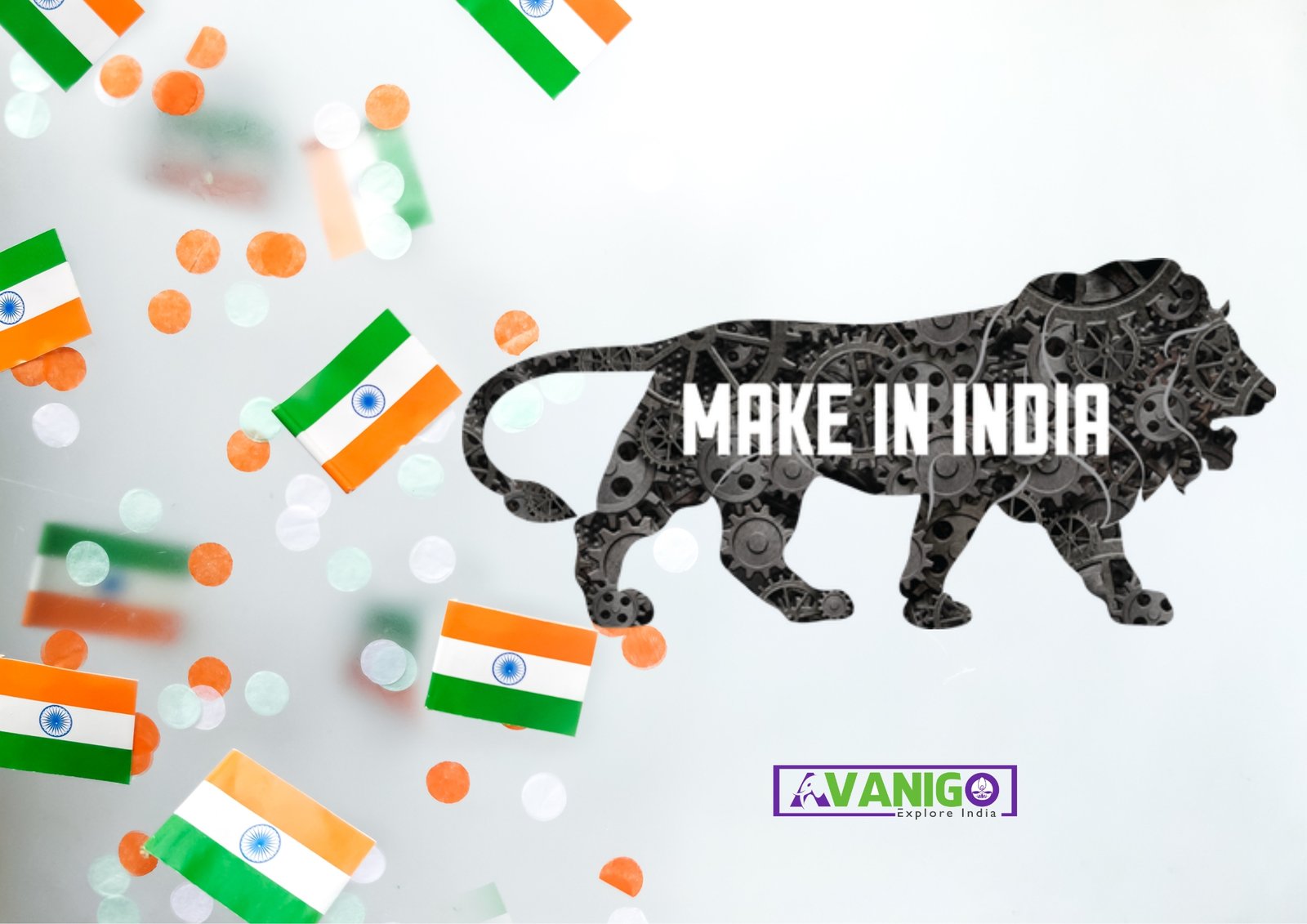We Indians are moving at a great pace in the global economic market. However, some years back, India relied heavily on importing goods from other countries, especially when it came to manufacturing. Prime Minister Modi felt that India could achieve greater self-reliance by making more products within India itself. This would create many new jobs and make the Indian industry globally competitive. With this thought in mind, the Make in India program was launched. Let us learn in detail about this significant initiative.
Quick Navigation
The Make in India Initiative
In September 2014, Prime Minister Modi launched Make in India initiative. Through this program, the government of India encouraged companies from India and worldwide to start manufacturing in the country. The main goals of Make in India were to:
- Increase manufacturing in India so that its contribution to the total economy rises to 25% by 2025.
- Create at least 100 million new jobs in manufacturing by 2022.
- Reduce imports and become a global hub for designing and manufacturing high-quality goods.
Simply put, the Make in India encourages companies to “Make products in India” instead of other countries. This would make Bharat more “self-reliant.”
Make in India Logo
The Make in India Logo represents India’s technological power to support futuristic innovations. The Make in India logo contains a daring lion that symbolizes India’s strength in the manufacturing arena.

How Did Make in India Vision become Reality
When Prime Minister Modi launched Make in India, he started promoting it worldwide. The Government made it easy for companies to begin manufacturing operations in India. Some of the main steps taken were:
- Simplifying procedures to start a business obtaining licenses and permits.
- Reducing taxes on companies who wanted to “Make in India”.
- Improving roads, ports and infrastructure to help transport goods.
- Launching new industrial zones with factories ready to operate.
- Promoting 25 focus sectors like automobiles, defence, aviation, food processing, etc.
- Helping companies get land and resources to set up in India.
Within the first year, many companies registered their interest to start manufacturing in India. Investments worth billions of dollars were committed. Companies liked that India had a large market and skilled workforce. The Government also promised to solve any problems the companies would face while manufacturing. Do you know what is GST in India?
Make in India Vision Success Stories
Some of the first big companies to take up manufacturing in India through Make in India were:
- Samsung started assembling its smartphones in India, with plans to make televisions and refrigerators.
- Mercedes started to invest heavily in the Indian market, while BMW began to do 50% localization.
- In the defence sector, Hyundai partnered with the Indian govt. to build military warships.
- Airbus also contributed to the movement by raising its exports to $2 billion.
- French firm Alstom partnered with Indian companies to produce 800 high-speed trains in India.
This initial success showed that Make in India was achieving its goals. Indian industries also benefited as global expertise and technology got transferred. By 2019, India had risen sharply on the World Bank’s “Ease of Doing Business” rankings. Do you know what is GST in India?
Make in India Vision Key Achievements
In the first few years, Make in India saw many successes. Our major achievements include:
- By 2016, companies had invested more than Rs 16.40 lakh crore ($200 billion).
- From 2014-15 to 2020-21, the manufacturing sector growth rate increased to 6.9%.
- In 2016-17, India received the highest Foreign Direct Investment of $60.1 billion.
- Mobile phone production increased most, and India is expected to reach a turnover of US$ 230 billion by 2025.
- India emerged as a global hub for the production of defence equipment and electronics.
- Twenty-five sectors/industries are under the “Strategic” category for self-reliance.
- All public sector defence purchases now require a certain part of the production to be local.
- This program inspired initiatives in states like Make in Maharashtra and Make in Gujarat.
- It created 62.4 million direct and indirect new jobs in manufacturing between 2017 and 2018.
Current Challenges for Make in India Initiative
While Make in India transformed India’s economic outlook, specific challenges remain:
- Most industrial corridors and clusters still need better support from essential infrastructure.
- High electricity, land, and transport costs remain a deterrent compared to other countries.
- Skill development requires a focus on Industry 4.0 technologies and future job roles.
- The bureaucratic clearance of projects should be an easy task with a one-stop shop.
- Access to credit and loans for micro and small enterprises (MSEs) and local suppliers looking to expand can be enhanced.
- On the other hand, foreign partners should transfer technology, while local research and development (R&D) capacities should be built up.
- In addition, there is a need to simplify export/import procedures alongside global compliance issues.
What is Pradhanmantri Jan Dhan Yojana? Learn more.
Make in India – A Step Towards Self-Reliant India
In 2020, when the COVID-19 pandemic hit India starkly hard, there was a grave shortage of vital medical supplies such as PPE kits, masks, ventilators, and many more, primarily imported into the country. This necessitated the need for self-sufficiency at a faster pace, particularly in strategic sectors.
To address this challenge exposed back then, for India to become fully “Aatmanirbhar” or self-reliant through its production capacities was a new vision announced by Prime Minister Modi in 2020. It was a continuation of the existing Make in India initiative. Still, it gave it more impetus towards local manufacturing to satisfy not only Indian demands but also to make exports. Learn about Ek Bharat Shreshtha Bharat Program
Moving Into a Better Future
The possibility of India becoming a trusted global supplier in various sectors is becoming real as it tries to fulfil its needs locally. The Make in India initiative intends to increase the maximum utilization of Indian capacities to achieve self-reliance globally. India will emerge as an unparalleled manufacturing hub if we all work together.
Swetha is a Content Specialist, LinkedIn Branding and B2B Marketing Consultant. When she is not in the world of B2B, she researches the roots and beauty of Indian Culture and Traditions. She is the author of the book: 365 Days 365 Posts – The Guide to LinkedIn Personal Branding, available exclusively on Amazon. Connect with her on LinkedIn.

